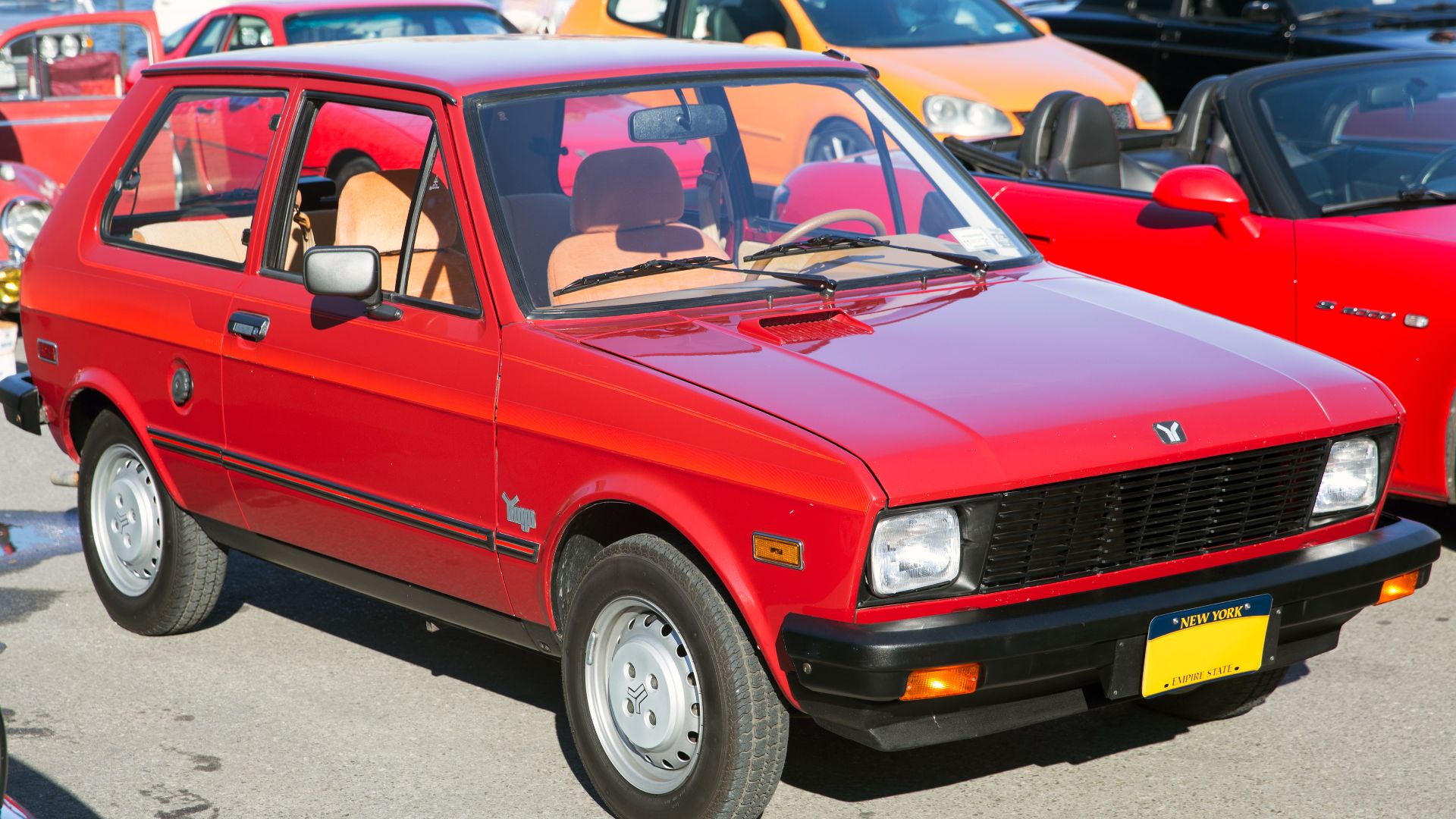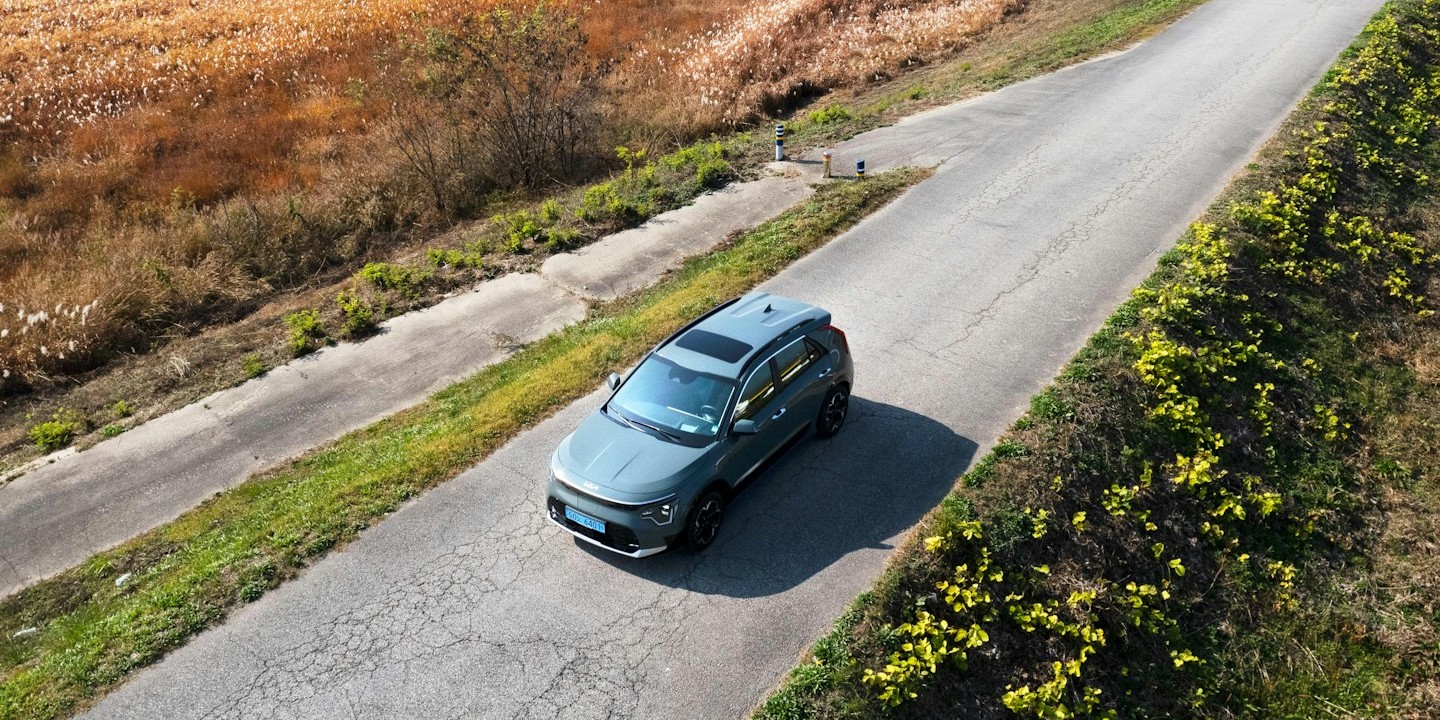In the mid-1980s, America was hooked on affordable imports. Japanese automakers had already proven that small could mean efficient, and European flair still carried a certain charm. Then came a pitch too tempting to ignore: a European car for under $4,000.
Enter the Yugo, a boxy little hatchback from Yugoslavia, promoted as the “car for everyman.”
It rolled out of a small state-run factory in Kragujevac, Yugoslavia, officially called Zastava Automobiles. What began as a licensed version of Fiat’s 127 became the Yugo 45—a modest vehicle designed for local markets with minimal expectations. But Malcolm Bricklin, the same man who had brought Subaru to the United States, saw potential. He believed he could turn this obscure Eastern European machine into the next Volkswagen Beetle.
So, let’s find out how that vision sped straight into disaster.
A Sales Pitch Wrapped In Optimism
Bricklin’s gamble hinged on price and marketing magic. When the Yugo GV debuted in America in 1985, it cost less than most used cars. Car enthusiasts were skeptical, but the public lined up. The secret was timing, as Americans were dealing with rising living costs. The Yugo offered ownership without financial strain, even if it lacked performance.
However, reality set in fast. Owners reported issues ranging from broken door handles to stalled engines in the middle of traffic. Reviewers described it as “a car you could literally buy with spare change,” and comedians turned it into a cultural punchline. “How do you double a Yugo’s value?” they’d quip. “Fill up the gas tank.”
When The Wheels Came Off
The Yugo’s reputation didn’t collapse overnight—it gradually eroded as each recall and complaint chipped away at public trust. Consumer Reports ranked it among the worst cars ever tested. Safety regulators criticized its fragile frame, while mechanics dreaded seeing one in their shops. Even dealerships began refusing trade-ins.
By the early 1990s, the Yugo’s decline mirrored the political disintegration of its homeland. As Yugoslavia broke apart, so did its exports. Sanctions and supply issues halted parts shipments, leaving American owners stranded. And the company’s last gasp came in 1989, when Yugo America filed for bankruptcy.
The Legacy Nobody Expected
Ironically, Yugo’s parent company, Zastava, survived longer than its American reputation. It continued building cars into the 2000s under various names before being absorbed by Fiat. Meanwhile, the Yugo became an unlikely pop-culture relic. It appeared in films like Die Hard 3 and Drowning Mona, often as comic relief.
Even today, the Yugo sparks debate. Was it really the worst car ever, or simply the most misunderstood? Some point out that its concept wasn’t flawed—its execution was. Others note that without its low cost and bold entry, America might never have opened the door to later budget cars like the Hyundai Excel or Kia Sephia.
Those models eventually succeeded by learning from Yugo’s mistakes: investing in reliability, service networks, and consumer trust before chasing sales.









